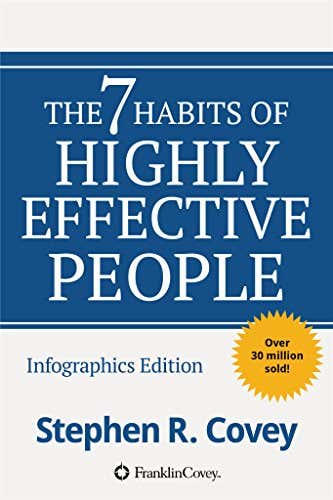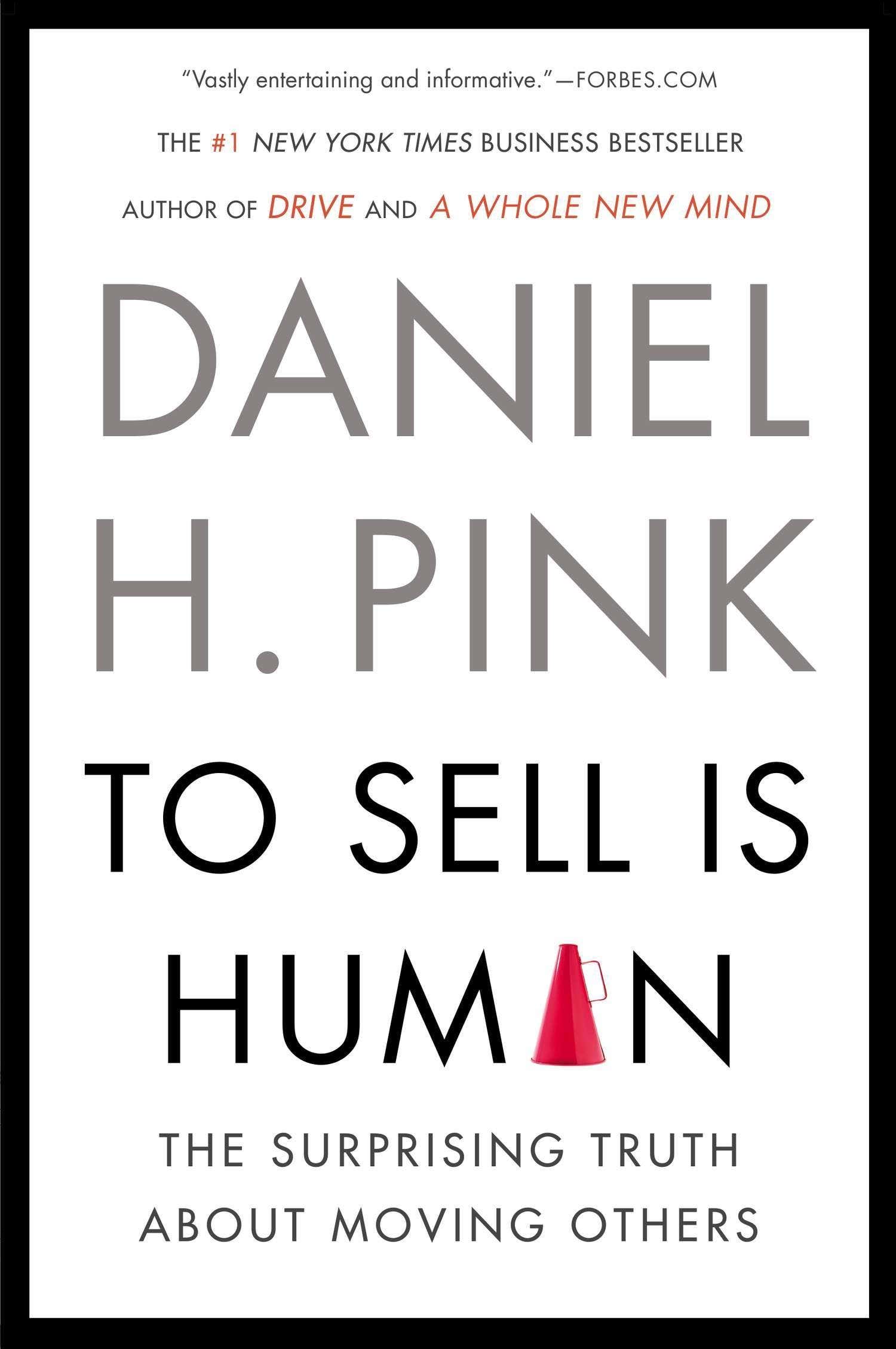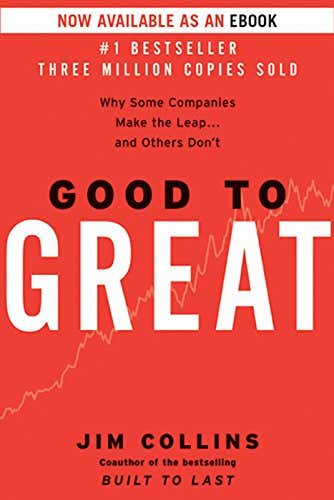3 Books Every Agile Leader Should Read


You are scrolling through your emails and looking at your calendar full of appointments and business meetings. You feel like you’ve recently been challenged and thrown into a lion's den. Things change fast and changes are unpredictable. As an agile leader, like yourself, you feel no panic and know how to pivot. You’ve been there, you know you can tackle it all. On mornings like this, you feel the excitement and ready to concur the day and grow.
What is an agile leader and how do you become one? How do you become more comfortable with change and have that empower you? Our CEO here at Agility CMS, Jon Voigt, believes that having access to these books will help you understand that being agile is all about being more flexible, adaptable and ready to adjust in this ever-changing world at any given time. Follow along below as Voigt discusses his thoughts on how these books can make you a better agile leader.
1. The 7 Habits of Highly Effective People
The 7 Habits of Highly Effective People was written by Stephen R. Covey in 1989. This book has

captivated readers for over 25 years and is said to be one of the most inspiring and impactful books ever written. Covey presents an approach to being effective in attaining goals by aligning oneself to what he calls "true north" principles of a character ethic that are universal and timeless.
So, how do the 7 habits discussed in this book make you a more agile leader? Voigt discusses his thoughts below.
“Habit 1 - Sharpen the saw: Don’t work yourself to death. Strive for a sustainable lifestyle that allows you to take the time to recuperate, recharge and be effective in the long run.
Habit 2 - Be Proactive: Agile Leaders don’t wait for the opportunities to arise; they foresee change and pivot before they become stagnant. Agility CMS allows you to pivot quickly, but it does not mean that you sit and wait for big changes to happen.
Habit 3 - Begin with the end in mind: Agility CMS is an art of being in the moment, but it is also the art of seeing what is coming around the corner. Think of a race car driver. No matter how fast they go and how fast they need to react to other races or even crashes, they know exactly when the next turn is coming and how sharp it is going to be.
Habit 4 - Put first things first: Agile leaders know how to prioritize. They know how to focus their effort and mind to power through and to achieve the result. Again, think of a soccer player running with a soccer ball. He will go around all other players having just one thing in mind – the goal.
Habit 5 - Think Win/Win: Agile leaders do not waste time on making their ego feel good. When you think of win/win, you focus on the result and go for it.
Habit 6 - Seek First to Understand, Then to Be Understood: As an agile leader, you focus on empowering those around you. It starts with listening and understanding others.
Habit 7 - Synergize: The essence of synergy is to value and respect differences. Covey says that even the spirit of sincere trying will usually result in a more effective compromise. Agile leaders are masters of compromise, they don’t stick to scenarios created in their heads. They react quickly to circumstance, and find synergies, or create them.”
2. To Sell is Human
To Sell Is Human offers a fresh look at the art and science of selling. Published in 2012, Daniel Pink draws on a rich trove of social science for his counterintuitive insights. He reveals the new ABCs of moving others (it's no longer "Always Be Closing") and explains why extraverts don't make the best salespeople and show how giving people an "off-ramp" for their actions can matter more than actually changing their minds.

Here are just some principles that Jon believes will empower you to become an agile leader.
“We’re all in sales now: Agile leaders are constantly selling. Not just objects, but ideas and techniques. We are persuading, negotiating, and pitching. If you think that sales isn’t for you, think again and put your Agile hat on – learn to pivot quickly into your personal brand seller and see how it fires up your potential.
Entrepreneurship and elasticity: The reason we’re all in sales is that the workforce has changed. We wear many hats and jump from one role to another with agility. Teams are small and things change fast. If you are not ready to sell, you are not ready to grow.
Attunement: The first trait of successful sellers is understanding the perspective of the buyer. As an agile leader, you are attuned to the environment and change in it. You are attuned to people's pain points, needs, and feelings. This is what allows you to navigate the changes in the environment effortlessly and avoid being stuck.”
3. Good To Great: Why Some Companies Make the Leap...And Others Don't
Published in 2001, Good to Great is primarily about how companies transition from being good companies to great companies, and how most companies fail to make the transition.

Collins describes "greatness" as financial performance and is several multiples better than the market average. Collins and his research team identified a set of elite companies that made the leap to great results.
Organizations strive to have a Level 5 leader. The following are the traits that Voigt believes is a Level 5 leader and how you can easily adapt to become a more agile leader.
"Extreme fierceness in getting the job done: These are the leaders who are shy but show extreme fierceness in getting the job done. Perfection is a fallacy that leads to over planning, procrastination and failure to ship; agile is about focusing on delivering the best thing possible in a set time period. Agile leaders DO as oppose to being paralyzed by over-planning; as an agile leader, you get the minimum necessary requirements and start working.
Think about the future of their companies and plan about their succession: Agile leadership is all about being ready for the next change that is coming; it was built on the foundational principle that the business environment will change, and you must be ready to adapt and move on. Or move out. Agile leaders create teams that can function without them.
They are modest and rarely like to talk about themselves or their achievements: They prefer to empower others. Agile leaders focus on giving teams and individuals ownership of their work so that they can focus on making things better. Service leadership and selflessness are foundation principles of agile leadership; these are the prices to be paid to be part of an agile team.
In times of failures, they took responsibility. They embrace failures and learn from them. There will be hiccups, but the iterative nature of agile leaders makes it easy to learn from our mistakes then move on to the next sprint and do better through a rigorous focus on continual improvement and questioning everything."
Ending Notes
Want to learn more about being an agile leader? Tune into Agile Living, The Entrepreneur's Journey Podcast, with Jon Voigt. Voigt shares the stories of today's most agile entrepreneurs and CEO’s who are apart of many forward-thinking companies. Discover all the skills and shortcuts you need to become more agile. Want to be a guest? Get in touch with us!
Also, if you’re looking for a fun book to read, "The Goal: A Process of Ongoing Improvement" and “Zen and the Art of Motorcycle Maintenance" were some other top reads that Voigt recommended. If you have any book recommendations, I’d love to put together a Part 2 article so please contact us. We’d love to hear your book suggestions!

